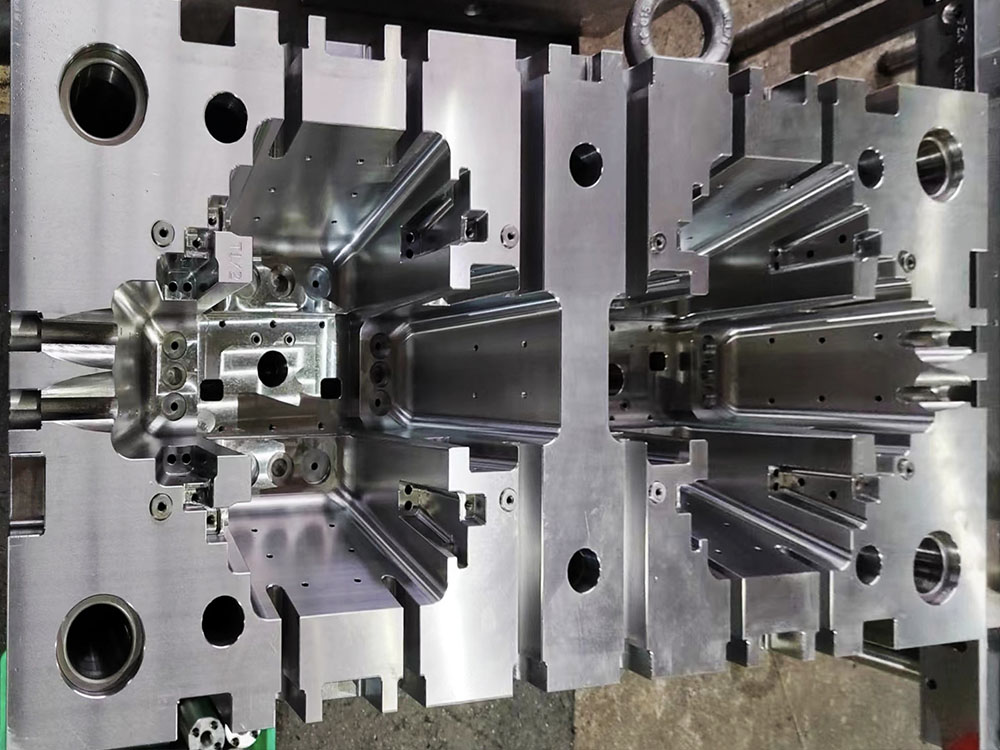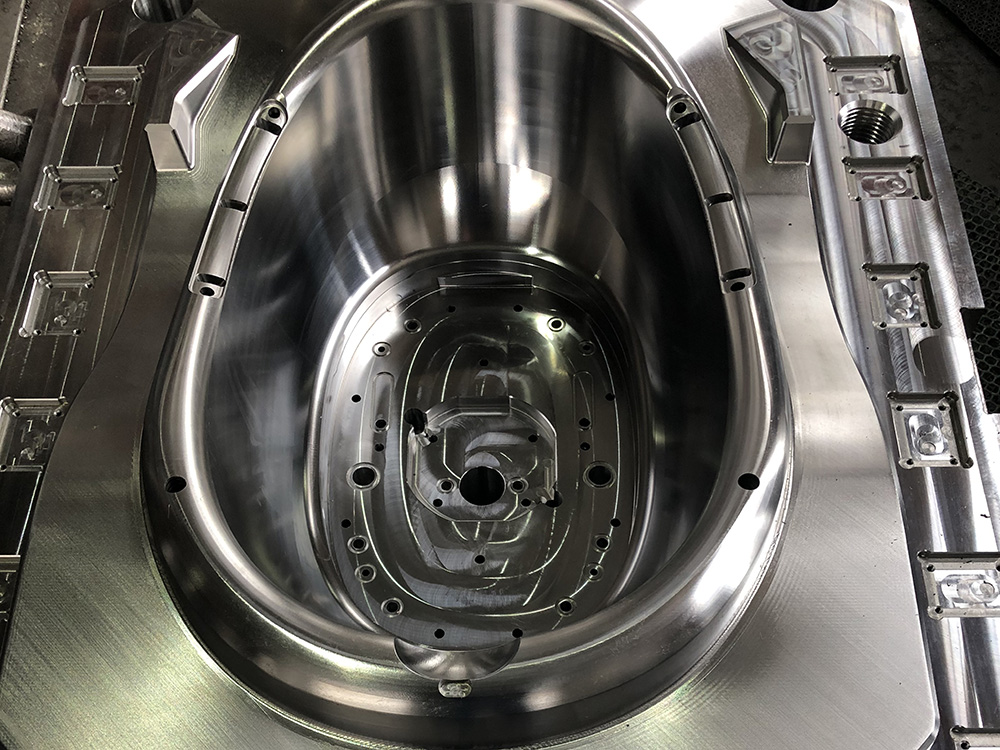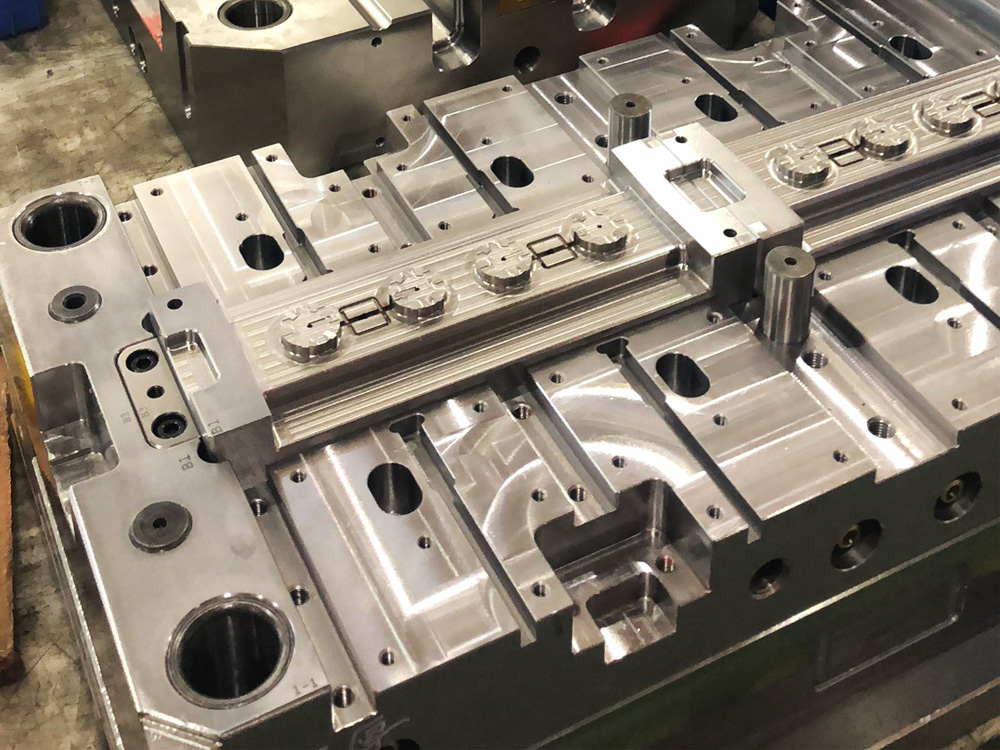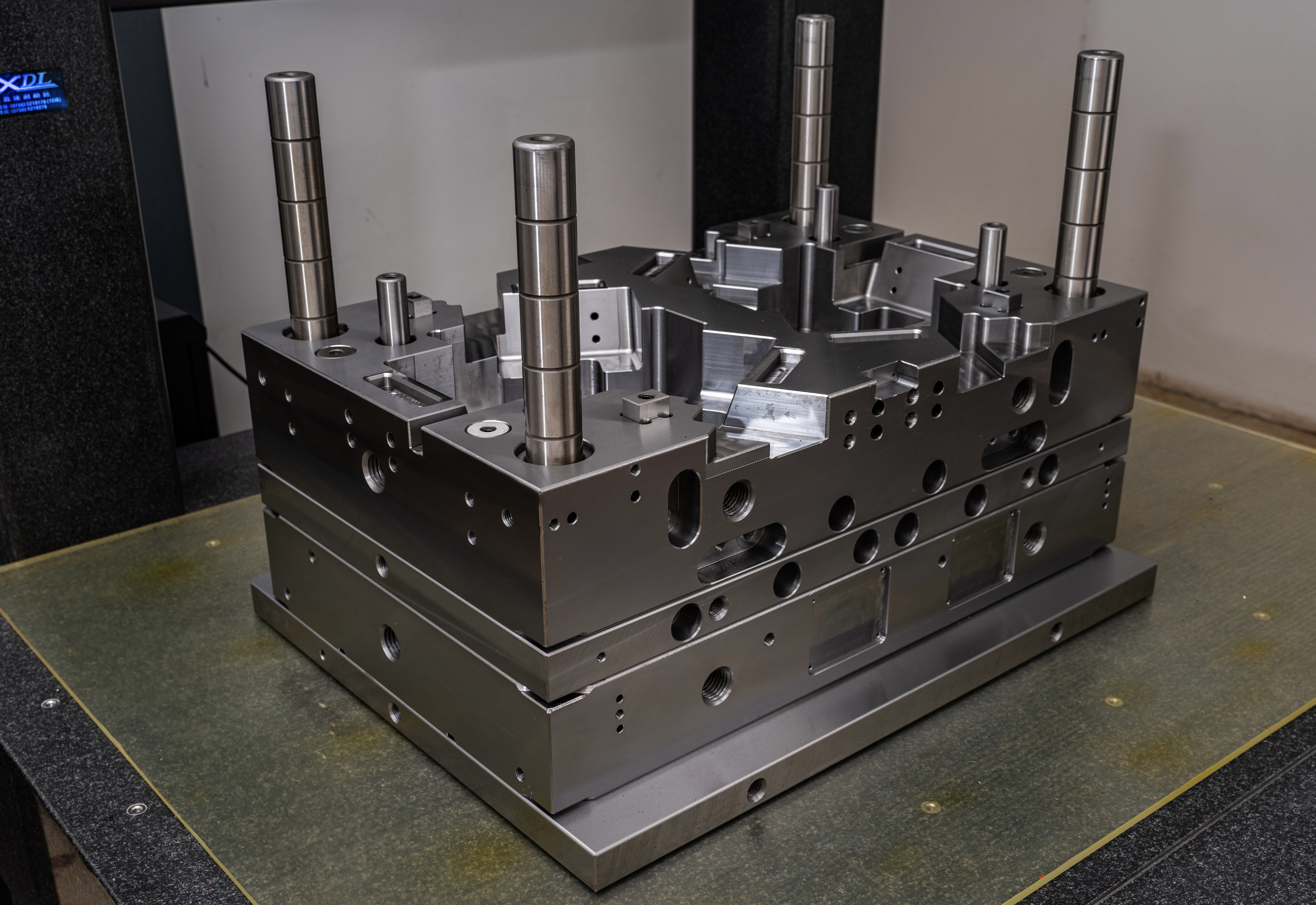How to determine the length, width, and height of a mold frame in the Mold Base industry?
In the Mold Base industry, determining the appropriate dimensions for a mold frame is crucial for the successful production of molds. The length, width, and height of a mold frame play a significant role in ensuring the accuracy and efficiency of the molding process. In this article, we will discuss the steps involved in determining these dimensions and the factors that influence the decision-making process.
Determining the Length of the Mold Frame
The length of a mold frame is typically determined by considering the overall size of the desired molded part. The length should be sufficient to accommodate the part's dimensions, allowing for any additional space required for runners, sprues, and ejection mechanisms. Additionally, factors such as mold opening stroke and tie bar spacing should be taken into account when determining the length of the mold frame.
Determining the Width of the Mold Frame
Similar to the length, the width of a mold frame should be determined based on the dimensions of the desired part. It should allow sufficient space for the part's width, considering any additional requirements such as side actions or lifters. The presence of multiple cavities also affects the width of the mold frame, as it needs to accommodate all the cavities adequately. It is essential to ensure that the width provides ample space for injection molding machines to access the mold.
Determining the Height of the Mold Frame
The height of a mold frame is determined by considering various factors, including the thickness of the molded part, the required clearance for ejection, and the overall mold design. Sufficient height is necessary to accommodate the part's thickness and any additional space required for cooling channels, inserts, or slides. The clearance for ejection needs to be factored in to ensure smooth ejection of the part from the mold. Additionally, the mold design and functionalities, such as undercuts, sliders, or lifters, affect the height of the mold frame.
Influencing Factors and Considerations
When determining the length, width, and height of a mold frame, several factors need to be considered:
- The size and dimensions of the desired molded part.
- The number of cavities required for production.
- The injection molding machine specifications and limitations.
- The mold opening stroke and tie bar spacing.
- The presence of side actions, lifters, or other additional mechanisms.
- The clearance required for ejection and ease of part removal.
It is also essential to consider any future modifications or design changes that may be required. Flexibility and adaptability should be incorporated into the dimensions to accommodate potential design iterations or mold alterations.
In conclusion, determining the length, width, and height of a mold frame in the Mold Base industry involves careful consideration of various factors. The dimensions should be based on the size and specifications of the desired molded part, along with other influencing factors such as injection molding machine limitations and clearance requirements. By following a systematic and professional approach, manufacturers can ensure the successful production of molds in the Mold Base industry.




